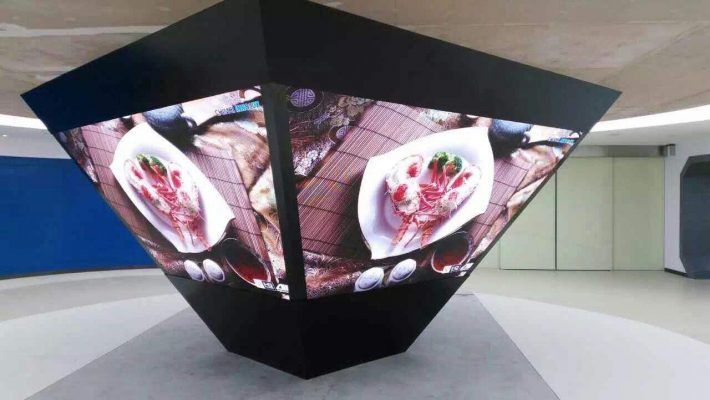With the rapid development of LED display technology, LED display products such as LED electronic display and LED full-color display display are diversified. Today’s LED display is widely used in various industries. For beginners, many of the technical terms of LED displays are not understood. So what are the common technical terms for LED displays?
1. LED brightness: The brightness of the LED is generally expressed by Luminous Intensity, the unit is candela cd; 1000ucd (microcandela) = 1 mcd (mound candela), 1000mcd = 1 cd. The light intensity of a single LED for indoor use is generally 500ucd-50 mcd, while the light intensity of a single LED for outdoor use should generally be 100 mcd-1000 mcd or even 1000 mcd or more.
2, LED pixel module: LEDs are arranged in a matrix or pen segment, pre-made into a standard size module. The indoor display commonly used 8*8 pixel module, 8 word 7-segment digital module. The outdoor display pixel module has specifications such as 4*4, 8*8, 8*16 pixels. The pixel module for the outdoor display screen is also referred to as a header bundle module because each pixel is composed of two or more LED tube bundles.
3. Pixel and Pixel Diameter: Each LED light-emitting unit (dot) that can be individually controlled in an LED display is called a pixel (or pixel). The pixel diameter ∮ refers to the diameter of each pixel in millimeters.
4. Resolution: The number of rows and columns of LED display pixels is called the resolution of the LED display. The resolution is the total number of pixels in the display, which determines the information capacity of a display.
5. Grayscale: Grayscale refers to the degree of brightness change of a pixel, and the gray scale of a primary color generally has 8 to 12 levels. For example, if the gray level of each primary color is 256 levels, for a dual primary color color screen, the display color is 256×256=64K color, which is also referred to as a 256 color display screen.
6. Dual primary colors: Most color LED displays today are dual primary color screens, that is, each pixel has two LED dies: one for the red die and one for the green die. The pixel is red when the red die is lit, the green is green when the green die is lit, and the pixel is yellow when the red and green dies are simultaneously lit. Among them, red and green are called primary colors.
